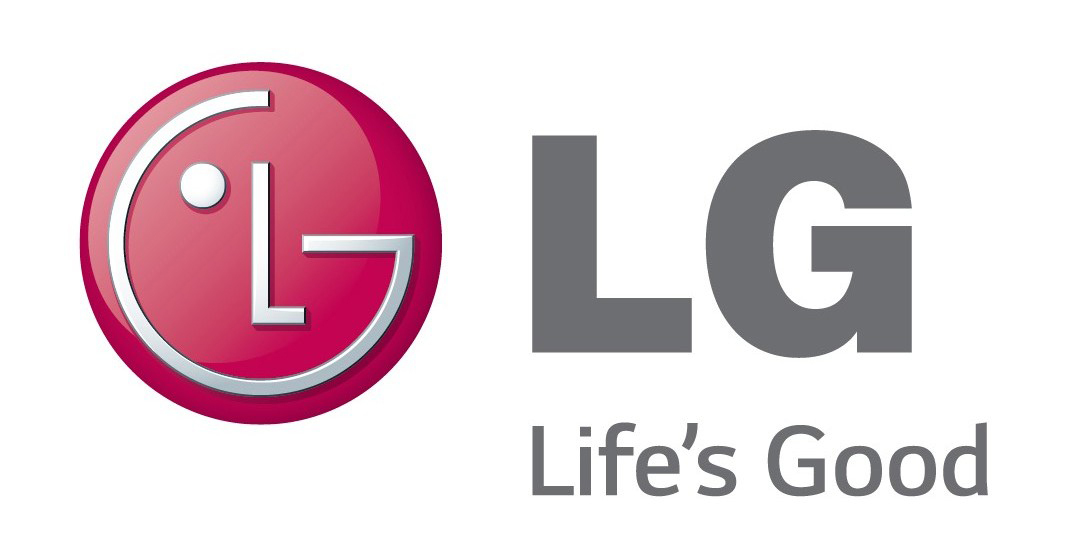Identity proofing is a critical component of modern society, especially in the realm of security and immigration. The Home Office in the United Kingdom has stringent standards when it comes to verifying the identities of individuals, especially in the context of visa applications, border control, and national security. With the advancement of technology, artificial intelligence (AI) has emerged as a powerful tool in assisting with identity proofing processes. This article explores the role of AI in identity proofing and how it can meet the standards set by the Home Office.
Identity proofing is the process of verifying the identity of an individual by collecting and validating personal information and credentials. Traditionally, this process has relied on manual verification methods such as checking passports, driver’s licenses, and other forms of identification. However, manual verification methods are time-consuming, resource-intensive, and prone to errors.
AI-assisted identity proofing offers a more efficient and accurate alternative to manual verification methods. AI technologies such as facial recognition, biometric authentication, and document non GamStop casino verification can automate the identity proofing process, reducing the time and resources required to verify an individual’s identity. Additionally, AI can perform checks on a massive scale, making it suitable for applications such as border control and visa processing.
In the context of the Home Office standards, AI-assisted identity proofing must meet certain criteria to ensure the accuracy and reliability of the verification process. Some of the key standards that AI-assisted identity proofing must meet include:
1. Accuracy: AI algorithms must have a high level of accuracy in verifying identities to minimize false positives and false negatives. The Home Office requires that AI systems have a low error rate in identity verification to maintain the integrity of the verification process.
2. Security: AI-assisted identity proofing must ensure the security and confidentiality of personal information. The Home Office mandates that AI systems comply with data protection regulations and employ encryption and other security measures to safeguard sensitive information.
3. Transparency: AI systems must be transparent in their decision-making process and provide explanations for their outcomes. The Home Office requires that AI algorithms used in identity proofing be auditable and accountable to ensure the integrity of the verification process.
4. Compliance: AI systems must comply with legal and regulatory requirements, including data protection laws and privacy regulations. The Home Office mandates that AI-assisted identity proofing adhere to these laws to protect the rights and privacy of individuals.
Overall, AI-assisted identity proofing has the potential to revolutionize the verification process and enhance the security and efficiency of identity verification. By meeting the standards set by the Home Office, AI technologies can help streamline processes such as visa applications and border control while ensuring the accuracy and reliability of identity verification.
In conclusion, AI-assisted identity proofing has the potential to transform the way we verify identities and meet the standards set by the Home Office. By leveraging AI technologies such as facial recognition and biometric authentication, we can streamline processes and enhance the security of identity verification. It is essential for organizations and government agencies to adopt AI-assisted identity proofing solutions that meet the standards set by regulatory bodies to maintain the integrity and reliability of the verification process.









